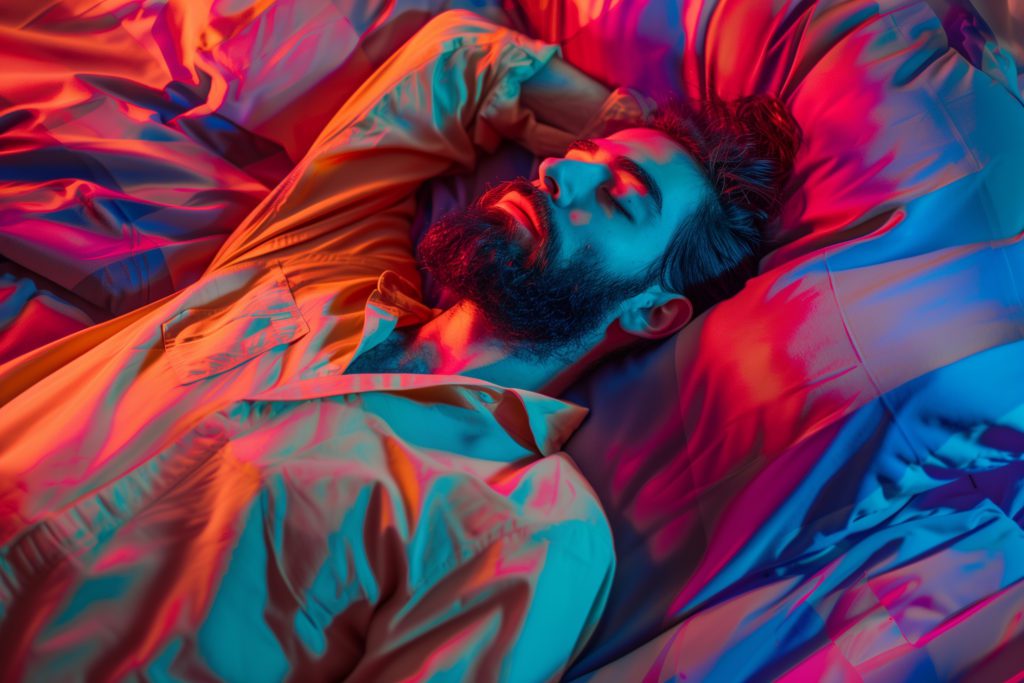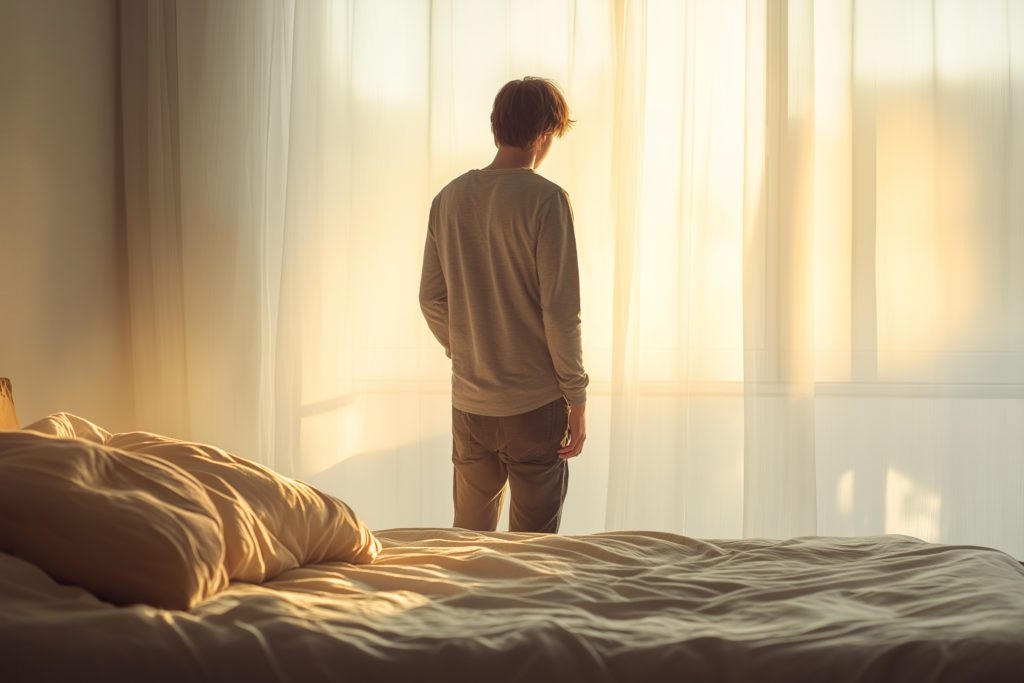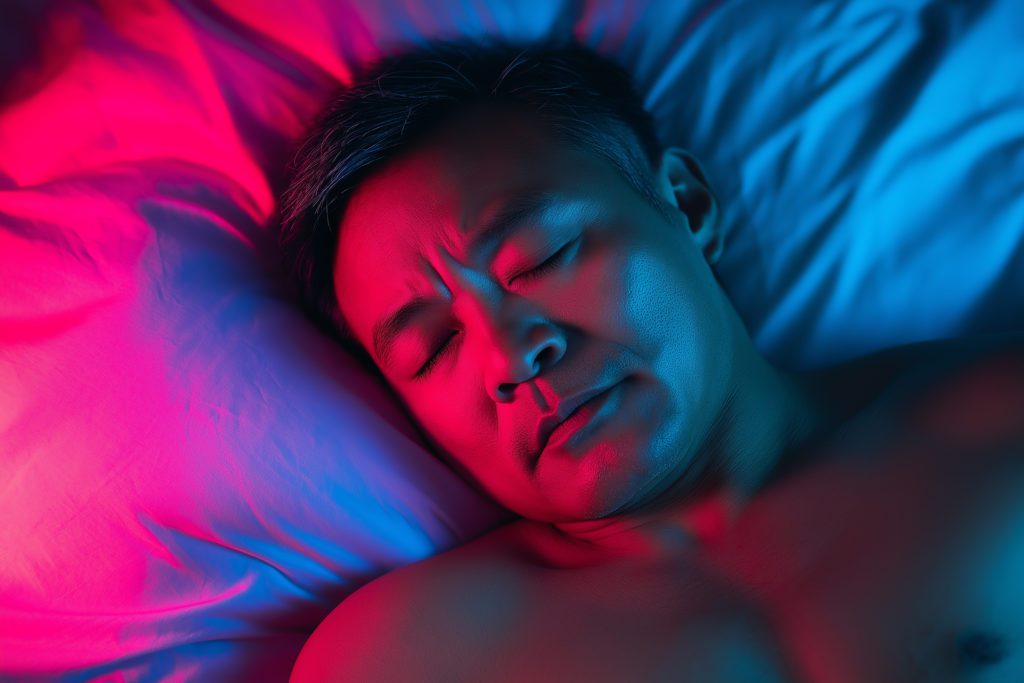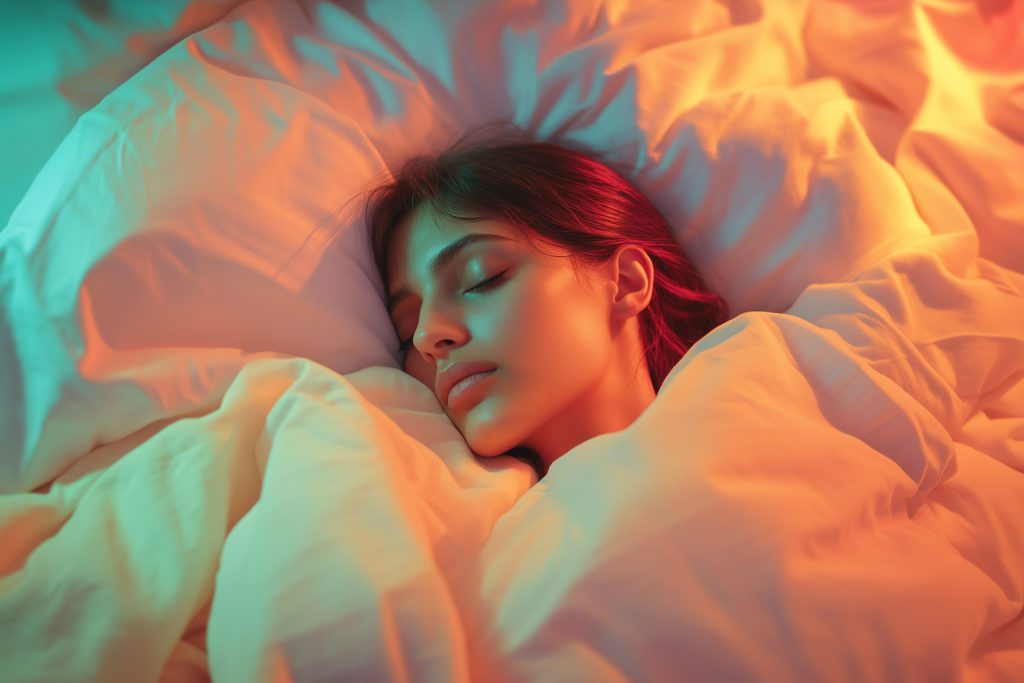
The Effect of Temperature on Sleep Disorders
Are you curious about how extreme temperatures affect sleep disorders? Read on to learn about the latest research to improve your sleep.

How warm or cold do you keep your bedroom? Your sleeping environment could affect your overall sleep quality and the presence of any sleep disorders you might struggle with, including conditions like insomnia and narcolepsy. Fortunately, there are plenty of studies to help you understand how you can create an optimal sleep environment and why extreme temperatures in your bedroom might be causing you more problems.
We’ll explore the way that hotter bedroom environments—or even increasingly cold settings—can exacerbate challenges like insomnia, sleep apnea, and even restless legs syndrome. We’ll also discuss the effects of your bedroom’s temperature on symptoms of narcolepsy and shift work sleep disorder. No matter what you might be struggling with, this article will help you understand some steps you can take to improve your rest.
Extreme Bedroom Environments May Cause Insomnia
It’s no secret that sleeping where it’s too hot or too cold can disturb your sleep, but studies also show that it is connected to the prevalence of insomnia symptoms. Researchers in one article from Sleep Medicine Reviews showed that extreme indoor or outdoor temperatures worsen sleep quality and can actually lead to shorter sleep duration. These environments are also associated with issues like insomnia, which is characterized by several symptoms.
If you keep your bedroom or wherever you sleep too hot or too cold, don’t be surprised if you are up more than you expect. Your body has to regulate its temperature when it rests, so if you make it harder to do so, you will likely suffer worse insomnia symptoms. However, extreme temperatures—especially heat—can actually make your sleep apnea more troublesome to deal with, too.
Heat Can Exacerbate Sleep Apnea
For those with sleep apnea, you may be surprised that heat can worsen your symptoms and make it harder to sleep. This is especially true in the summer or warmer months, as seasonal changes have been associated with further difficulties for those with sleep apnea. One study examined seasonal temperature changes to discover that CPAP, or continuous positive airway pressure, therapy was required to help with the heat (Source: Sleep Medicine).
This is partly the case because heat and humidity can make it harder to get quality air intake while you’re resting. This is why many people turn to fans, air conditioning, and more, all of which provide innumerable relief for those with sleep apnea. So, if you have sleep apnea, keep in mind how hot your environment is, and you can continue to enjoy restful nights.
Being Too Warm Can Lead to More Symptoms of Restless Legs Syndrome (RLS)
By now, you’ve likely gathered that warmer sleeping environments can actually cause worse sleep or even increase sleep disorder symptoms. As with insomnia and sleep apnea, restless legs syndrome may be more prevalent during warmer nights. Even though some people may believe that extreme temperatures make sleeping harder, regardless, it’s actually the heat that worsens RLS.
An observational study in Rome demonstrated that participants experienced worse sleep during the warmer months than in the colder months when comparing summer to winter. Much of this was because of the sweating that occurred when they were trying to rest during the hottest months of the year, causing them to move about more and to be disrupted more throughout the night. (Source: Sleep Medicine). So, if you find yourself twitching more or waking up more often in the summertime, it might be time to turn down that thermostat if you can or get a fan!
Alterations in Temperature Can Exacerbate Narcolepsy Symptoms
If you struggle with narcolepsy and have noticed that your symptoms seem to worsen in extreme temperatures, there’s proof that this is expected. Narcolepsy symptoms are impacted by both heat and cool temperatures. Researchers discovered that core cooling increased the patient's wakefulness, while warming of the body or the skin actually led to increased sleepiness (Source: PubMed). This makes sense, especially since the body relies on our temperature to aid or deter sleepiness!
This might explain why, on the hottest of days, you find yourself feeling sleepier and struggling while you are awake and less drowsy as you go about your day in the winter. Alas, if you want to experience better sleep with narcolepsy, the best place to start might be by ensuring that the temperature in your bedroom is not too hot or too cold.
Exposure to Extreme Temperatures Can Worsen Shift Work Sleep Disorder
As with narcolepsy and other conditions that we have explored, extreme temperatures can actually worsen shift work sleep disorder, primarily because of what the temperature shift does to our bodies. From the research available, heat and frigid environments have been tied to challenges for the body’s internal temperature control system, the primary means that we maintain our homeostasis and find ways to comfortably sleep. This inability to get good sleep due to stressful, sometimes extreme environments can actually be a health risk for them.
With lost sleep, you encounter a number of challenges, including but not limited to increased mental health concerns, poor immune health, and even behavioral-related morbidity. You may also struggle with heightened cardiovascular disease risk and other known long-term health challenges, which is why it is so important to avoid extreme temperatures and to focus on your overall holistic health. If you struggle with shift work sleep disorder, know that you’re not alone, but taking steps to create an idyllic sleep environment is the first step to ensuring you get adequate rest.
Take Steps to Improve Your Quality of Sleep
Now that you understand the impact of extreme temperatures on your sleep disorders, what steps will you take to improve your quality of sleep? There are so many steps to take, including creating the right bedroom environment and ensuring that you have a relaxing nighttime routine. By taking steps now, you can ensure that you lessen your instances of symptoms so you can enjoy proper rest and recovery, no matter what lies ahead.

Written by
Marie Soukup
Marie Soukup is a seasoned copywriter, editor, and Integrative Nutrition Health Coach with a certificate from the Institute of Integrative Nutrition (IIN). With years of experience working with brands across diverse industries, Marie is passionate about holistic health and crafting compelling content.
Download Pillow
Get help
Press & News
Legal
Connect
X (Twitter)
Company
Copyright © Neybox Digital Ltd.



